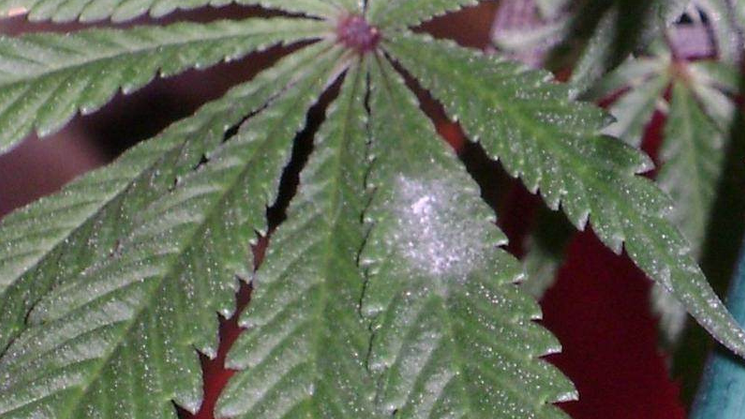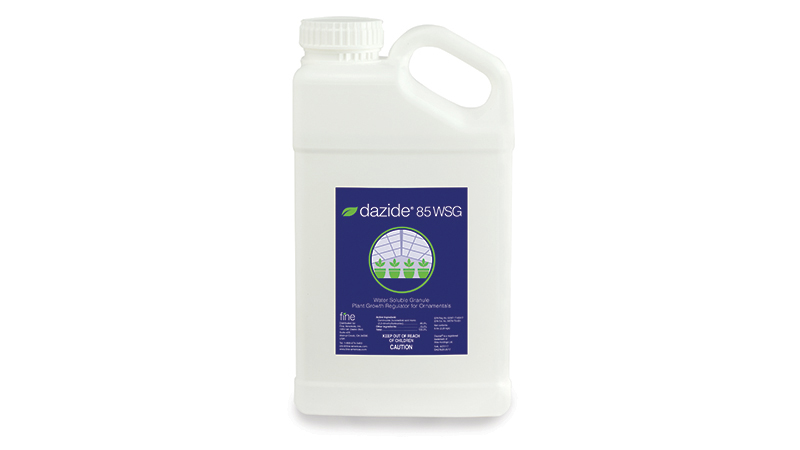Managing Powdery Mildew in Cannabis Starts With Recognizing Symptoms

Photo: Elevated Botanist
Powdery mildew disease is responsible for the destruction of billions of dollars’ worth of cannabis every year. The systemic fungicides used to treat this disease in other crops are not approved for use on cannabis for human safety reasons.
Chemical residues that can be washed from fruits prior to consumption often remain in cannabis flowers, and sometimes convert into more toxic compounds when combusted.
Fortunately, powdery mildew in cannabis can be managed without the use of pesticides if you are willing to put in the work required to understand this pathogen, and to disrupt the conditions that favor its multiplication.
Powdery mildew is a plant disease caused by biotrophic fungal pathogens. These pathogens colonize their plant hosts for the acquisition of nutrients, in the form of photosynthates. Powdery mildew pathogens are host-specific, with different variants infecting various plant species. At least 850 variants have been characterized to date.
Plant infection is initiated when spores or conidia establish on the surface of a susceptible plant host. Under favorable conditions (for the pathogen) the conidia will germinate, and a haustaria will form and penetrate the plant epidermis.
The hausteria structure enables the pathogen to acquire nutrients from the host in the form of photosynthates, to the detriment of plant performance. When conditions permit, sporulation, or mycelial growth on plant surfaces will occur, forming conidia which are then dispersed to complete the cycle of disease pathology.
The sporulation feature of the pathogen life cycle is visually evident on crop surfaces, having a fuzzy mildew appearance. This aspect of the developmental cycle is the most destructive to cannabis yields and quality. Sporulation usually occurs first in areas with stagnant airflow, often within the understory of the crop.
Learn more, including why a holistic approach is required to manage disease pressures without the use of chemical pesticides, in the original article here.









